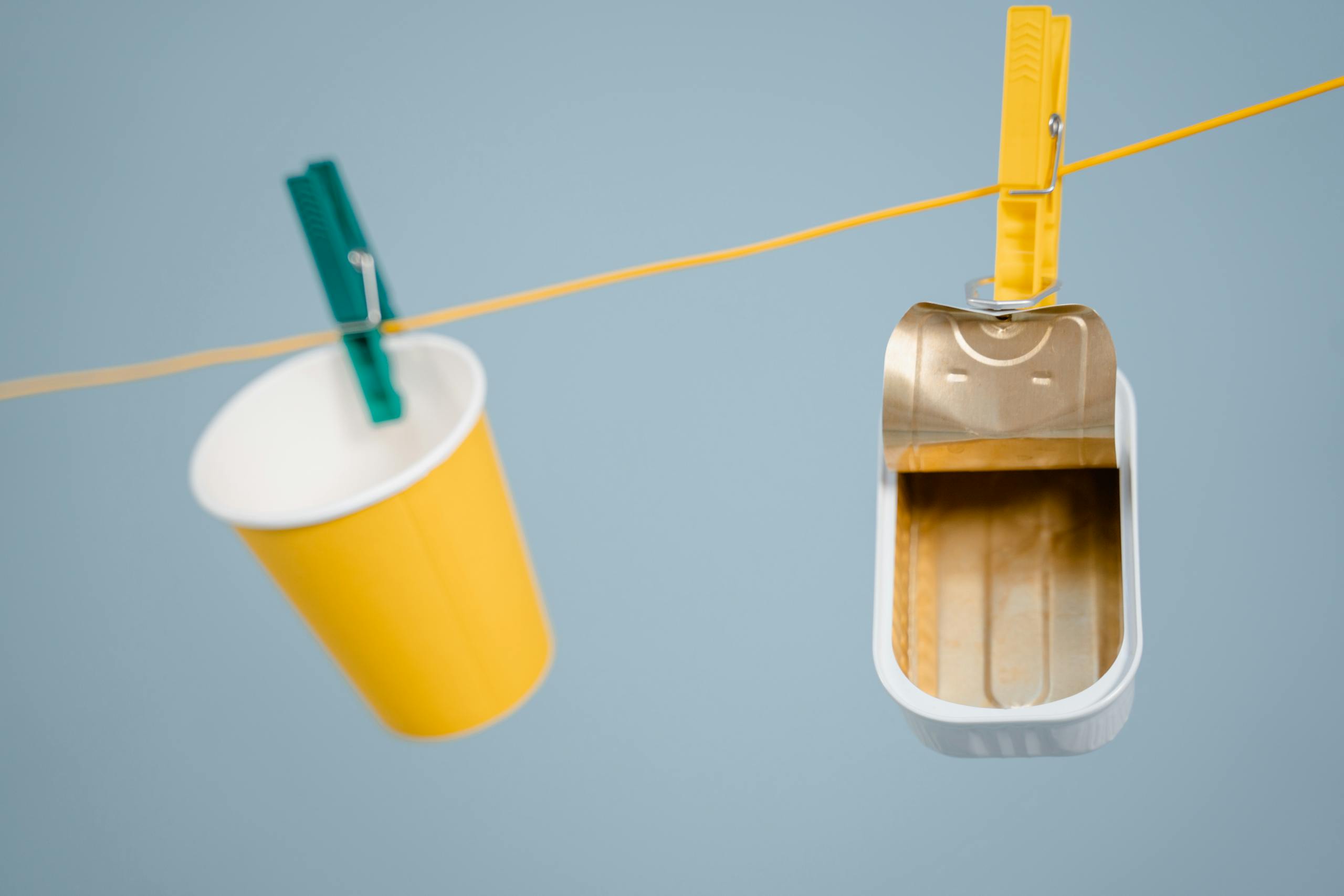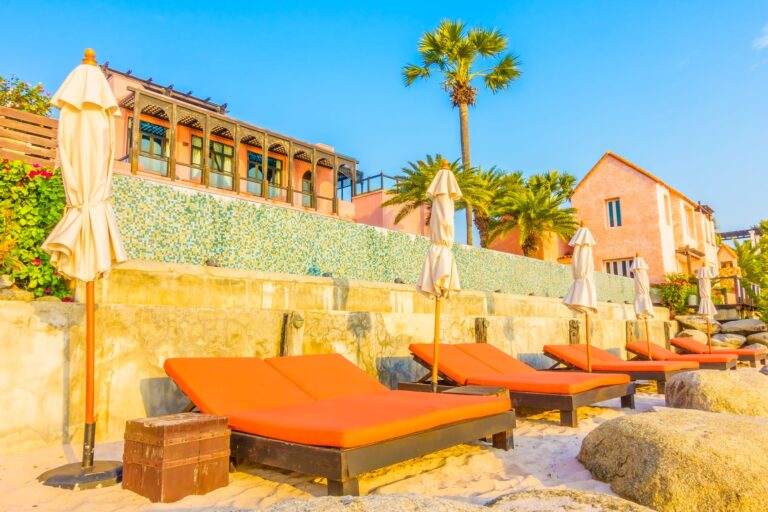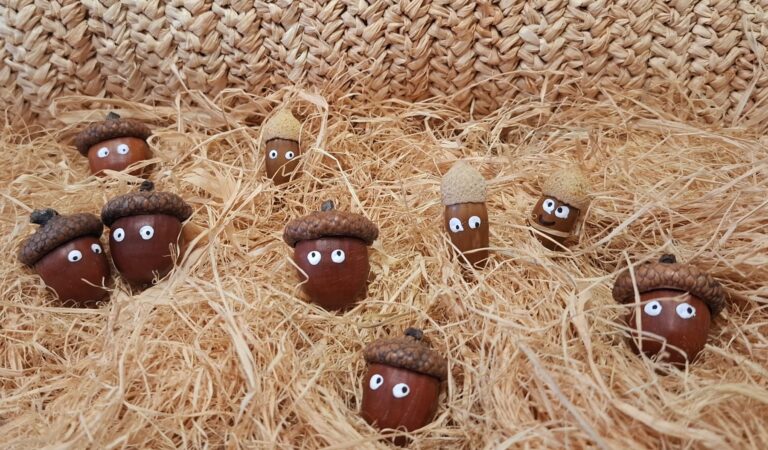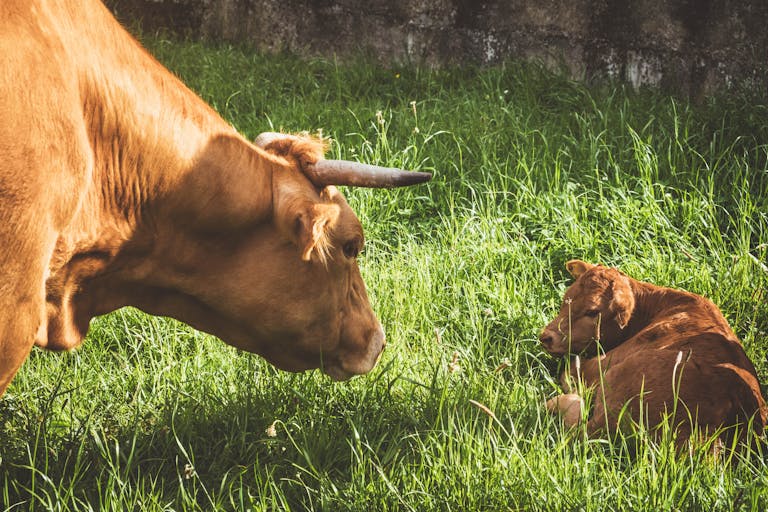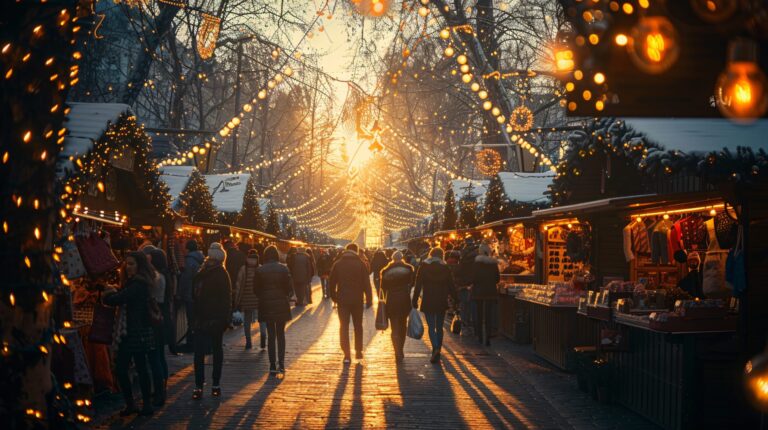Trash that wasn't trash
Craftsmanship Born from Waste in Spain
Sometimes, objects seem to have a longer destiny than they are given. An empty glass bottle, an old wheel, a broken board, or even a faded curtain can become much more than waste. In certain workshops in Spain, waste finds an unexpected form of resurrection: it becomes the material for artisanal creation. In a country with a manual tradition as deep-rooted as it is diverse, craftsmanship with waste is not just a trend; it is a contemporary reinterpretation of value.
The practice responds not so much to a common aesthetic as to a shared ethic. Far from industrial recycling, this type of work is based on individual, silent, deeply human gestures: observing the discarded with different eyes, seeing potential where others see demise. The idea is not only to prevent waste from ending up in a landfill, but to demonstrate that it can still have a function, a form, and, above all, a story.
The materials used are often humble, and that is part of its charm. Reclaimed wood from broken furniture, discarded tires, scraps of unwanted fabric, broken glass, rusty metal, or useless appliances. With patience and skill, these fragments of what was are assembled to form unique pieces that often retain the scars of their previous life. A lamp may still suggest it was once a liquor bottle; a chair may betray that it was once a pallet. The past is not hidden: it is incorporated as part of the design.
The process, although artisanal, is not purely nostalgic. A critical perspective runs through many of these proposals. In a world saturated with new, mass-produced objects destined to expire soon, creating with waste becomes a statement of intent. It is a way to slow down, to question the logic of use and throwaway, and to regain contact with the materials and the time required to work with them.
In different regions of the country, this type of craft has taken diverse forms. In urban settings, it has emerged as a response to overconsumption and the excess waste generated by modern life. In rural areas, it has developed more as a natural continuation of traditional practices, in which everything was always used: not out of environmental activism, but out of common sense. In both cases, the result is the same: handmade pieces, with meaning and soul.
It's not just about creating beautiful or functional objects, although they may be. This form of craftsmanship also serves a pedagogical, almost political function. It teaches us to look differently. It reminds those who buy that not everything new is better, and that the old is not necessarily finished. From those who create, it demands patience, ingenuity, and an openness to error and discovery.
Some pieces tend toward the sculptural, others toward the utilitarian. Some flirt with contemporary art, others maintain a deliberately rustic aesthetic. The common denominator is always transformation. There is a silent story in every object: that of its previous use and that of its new life. Sometimes there is also a third: that of the process, that of the hands that worked it, that of the workshop where it was reborn.
Some see this movement as an elegant and silent response to the climate crisis. Others interpret it as a form of resistance to global uniformity. In any case, the phenomenon is growing. More and more people understand that reusing is not synonymous with precariousness or improvisation, but rather with material intelligence and aesthetic awareness. The beauty of these objects lies not in perfection, but in the memory they contain.
Craftsmanship with waste is not without its contradictions. Sometimes it is more difficult to transform than to start from scratch. Often, the processes are not economically competitive compared to industrial production. And yet, it persists. As an art form built from the modest. As a practice that, unintentionally, restores a certain moral order to the act of creation.
Perhaps it is too soon to speak of a defined movement, with manifestos and museum exhibitions. But the truth is that, in the streets, workshops, and markets of many Spanish cities, objects made from waste are beginning to speak. They do so not with grand gestures, but with subtle forms and honest textures. They speak of a different way of being in the world: slower, more conscious, more necessary.
Enter the glù bubble and discover more articles like this.

